Antifans who are waiting for ViruSs's drama may have a psychological syndrome (FOMO).

3 | 0 Discuss | Share
Few people know that, nestled in the historic city of Rome in Italy, there is a separate country called the Vatican - or officially known as the Vatican City State (Vatican City State).
It is the smallest recognized country in the world with an area of only 0.44km2 and a population of 825 people. This is where the Roman Catholic Church is located.
According to Discovery, the name Vatican was first used on February 11, 1929 when the Lateran Treaty was signed between the Kingdom of Italy under King Victor Emmanuel III and the Holy See under Pope Pius XI. The name of this small country is taken after the name of Vatican Hills.
The Vatican's financial picture
For financial purposes, the Vatican operates two semi-independent entities with two functions: to operate as a state and to support the pope.
The city government is responsible for the administration and operation of the Vatican's commercial services. It is equivalent to the government of an average city. The government has an abundant source of income of about $130 million a year, from the Vatican Museums, where the Sistine Chapel is located. Each year, tourists from all over the world spend about 2.2 million euros on gifts sold at the Vatican alone.
In 2013, the city spent about $322 million and earned $377 million, with a profit of about $45 million. This type of interest has accumulated a significant surplus over the years. But that money is often not available to spend on the Vatican's difficulties. The city government often has to use this surplus cash to strengthen pension plans, accumulating to expand and renovate the museum and neighboring buildings.
The main problem lies in the Holy See. The Holy See spends a lot but earns little or almost no revenue.
Vatican Radio, which broadcasts papal speeches and provides information about the Vatican, has 330 employees and spends $37 million a year, while making $1 million in advertising. The Holy See is currently running a deficit of more than half of its budget. Running the "embassies" – the apostles, in 113 countries also cost up to $20 million.
Nearly two-thirds of the Holy See's budget is used to pay salaries, benefits and pensions for its 2,886 employees (if you include the city government, the Vatican has a workforce of 4,822 people).
The Vatican pays relatively low salaries but offers very generous pension and health benefits to its employees.
Cardinals and bishops at churches and councils typically receive about $46,000 a year, although their homes have been heavily subsidized. Lower ranks such as nuns and priests are also paid lower than the market, but the benefits are generous.
The average salary for low- to middle-level personnel is about $28,000 per year. This is 25% lower than the average salary of 37,800 Italian employees working in the same field. But note that Vatican employees do not have to pay personal income tax. Currently, about three-quarters of staff at the Vatican are staff, down from nearly 25 years ago. And almost none of Vatican employees want to leave their posts before they reach retirement age.
In 2013, the Holy See posted $315 million in revenue and $348 million in expenses, creating a deficit of $33 million. Accumulated since 2007, the deficit has reached 56 million USD. The sharp increase in expenditures is mainly due to the urgent need to handle retirement debts. The Vatican has been planning pensions since the early 1960s, but there was no real pension fund until three centuries later.
Vatican property
The Vatican is often said to have a large fortune, but if it were a company, its revenue would not yet be able to make it into the Fortune 500. The Vatican's total operating budget is about $700 million. The Vatican's most prized assets – most of which are the world's great art treasures – are almost priceless and not for sale.
Here are the main investments:
- Investment: Portfolio of stocks, bonds and gold worth $920 million.
- Real estate: Holds real estate worth about $1.35 billion, including 2,000 apartments, mostly in Rome.
- Vatican Bank: Book value is about $972 million.
- Art Collection: Worth billions of dollars and cannot be fully valued. The Vatican Museums bring in $130 million in revenue each year. The treasure collection in the Vatican cannot fail to mention Michelangelo's frescoes (on the ceiling) in the Sistine Chapel; Leonardo da Vinci's painting "Saint Jerome in the Wilderness"; "Deposition From the Cross", a painting by Caravaggio...
Today, the Vatican holds about $920 million in stocks, bonds, and gold. The Vatican's gold reserves deposited at the US Federal Reserve are only 50 million USD. The Vatican typically earns between $15 million and $25 million on the securities it holds, the majority of which are circulated in the currency markets and short-term government bonds.
The Vatican's $1.35 billion real estate bloc consists of about 2,000 apartments, mostly in stunning locations in Rome, including the historic districts around the Vatican and the upscale neighborhood of nearby Trastevere. Most of them are rented to bishops, priests and staff at a minimum rent. Over the past few years, the real estate portfolio has brought in an average revenue of about 33 million USD per year.
However, it is the Catholic churches around the world that actually pay for a larger portion of the Vatican's operating budget than stock and real estate investments. In 2013, according to Fortune magazine estimates, the foundations contributed more than $85 million to the Holy See. The funds came from dozens of charities. For example, an organization of Catholic business executives called Legatus pledged to spend 10 percent of the annual bonus sent to the pope, worth about $500,000.
In order to make a consistent profit for the Vatican, a new regime is based on two institutions with great potential for income growth: the Museums and the Vatican Bank. "Those are the two main sources of income for the future," said Zahra, the Maltese adviser to the Vatican.
Museums are the only branches of the Vatican that operate as a real business. In 2017, the Vatican museums saw a huge number of visitors - 6 million people, more than three times the number 30 years ago. Since 2013, the number of visitors has skyrocketed, largely due to the effect of Pope Francis. It is one of the most visited museums in the world, behind only the Louvre (France) and the British Museum.
Peter Pan: Adult Reluctance to Grow Up Syndrome, Common in Men  Keng14:39:40 30/03/2025Peter Pan Syndrome (PPS) is a common psychological term used to describe an adult who has difficulty growing up. A woman who once dated a man with this syndrome said she felt like a mother.
Keng14:39:40 30/03/2025Peter Pan Syndrome (PPS) is a common psychological term used to describe an adult who has difficulty growing up. A woman who once dated a man with this syndrome said she felt like a mother.

3 | 0 Discuss | Share

2 | 0 Discuss | Share
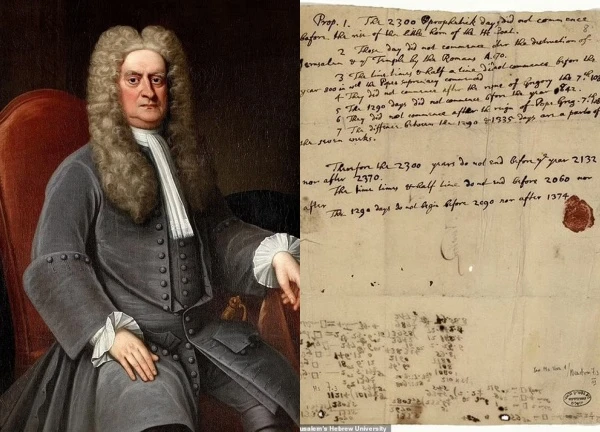
1 | 0 Discuss | Share

3 | 0 Discuss | Share
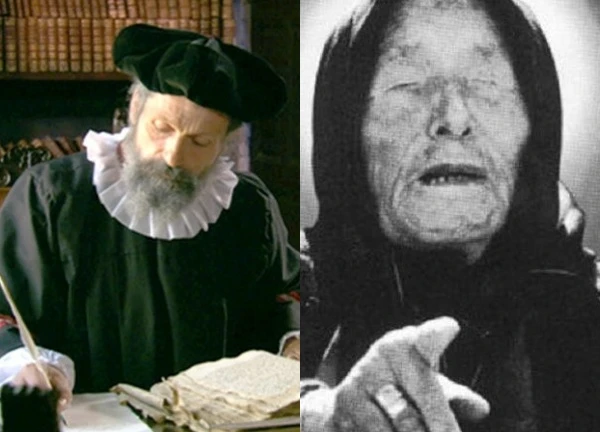
2 | 0 Discuss | Share
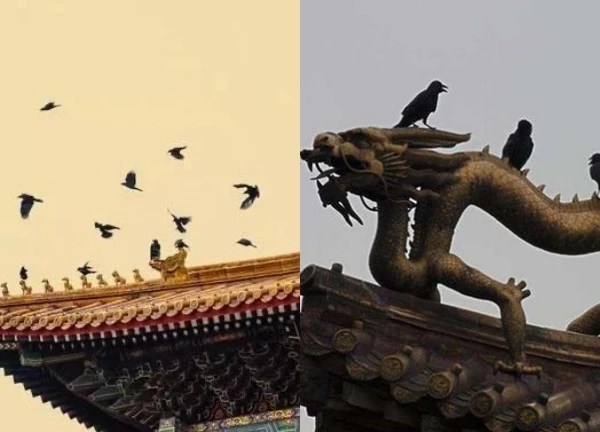
3 | 0 Discuss | Share
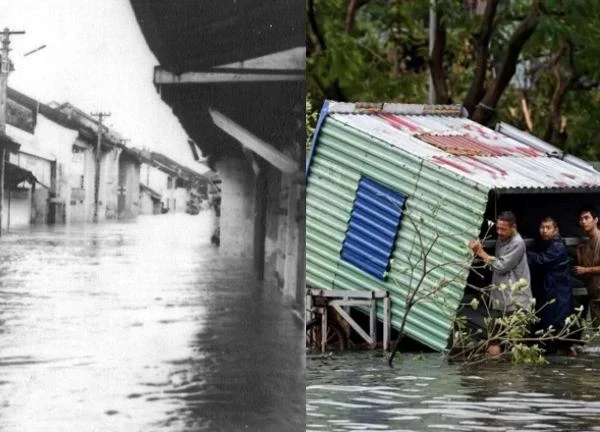
8 | 1 Discuss | Share

2 | 1 Discuss | Share

4 | 1 Discuss | Share
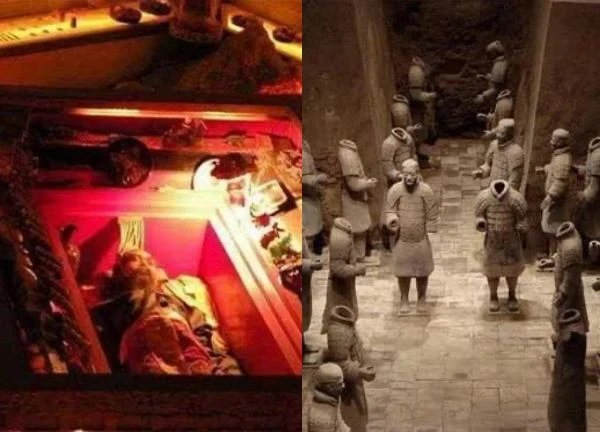
3 | 1 Discuss | Share
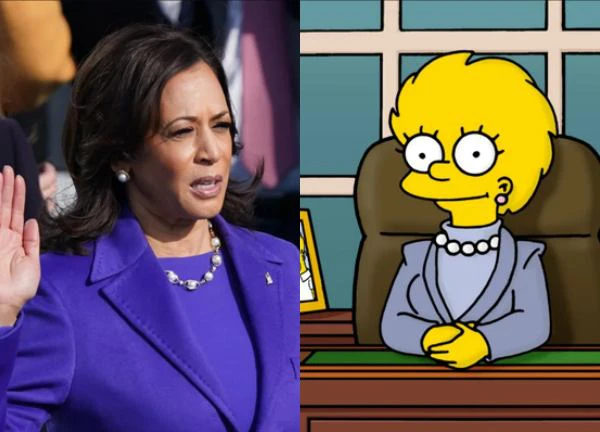
1 | 1 Discuss | Share

4 | 1 Discuss | Share










2 | 0 Discuss | Report